Photos Of Pioneer Life Offer A Glimpse Of The Past
The 19th century brought an unprecedented surge of westward expansion to the United States. During this eventful century, the U.S. population exploded from around 5 million to 76 million, and many of these new arrivals promptly moved west in search of a better life.
Pioneer life wasn’t easy — in fact, it was notoriously hard. It’s also intertwined with the problematic legacy of the U.S. government’s interactions with its native population. Regardless, this is an era that helped shape America into the country that it is today.
Settlers Travelled Far and Wide
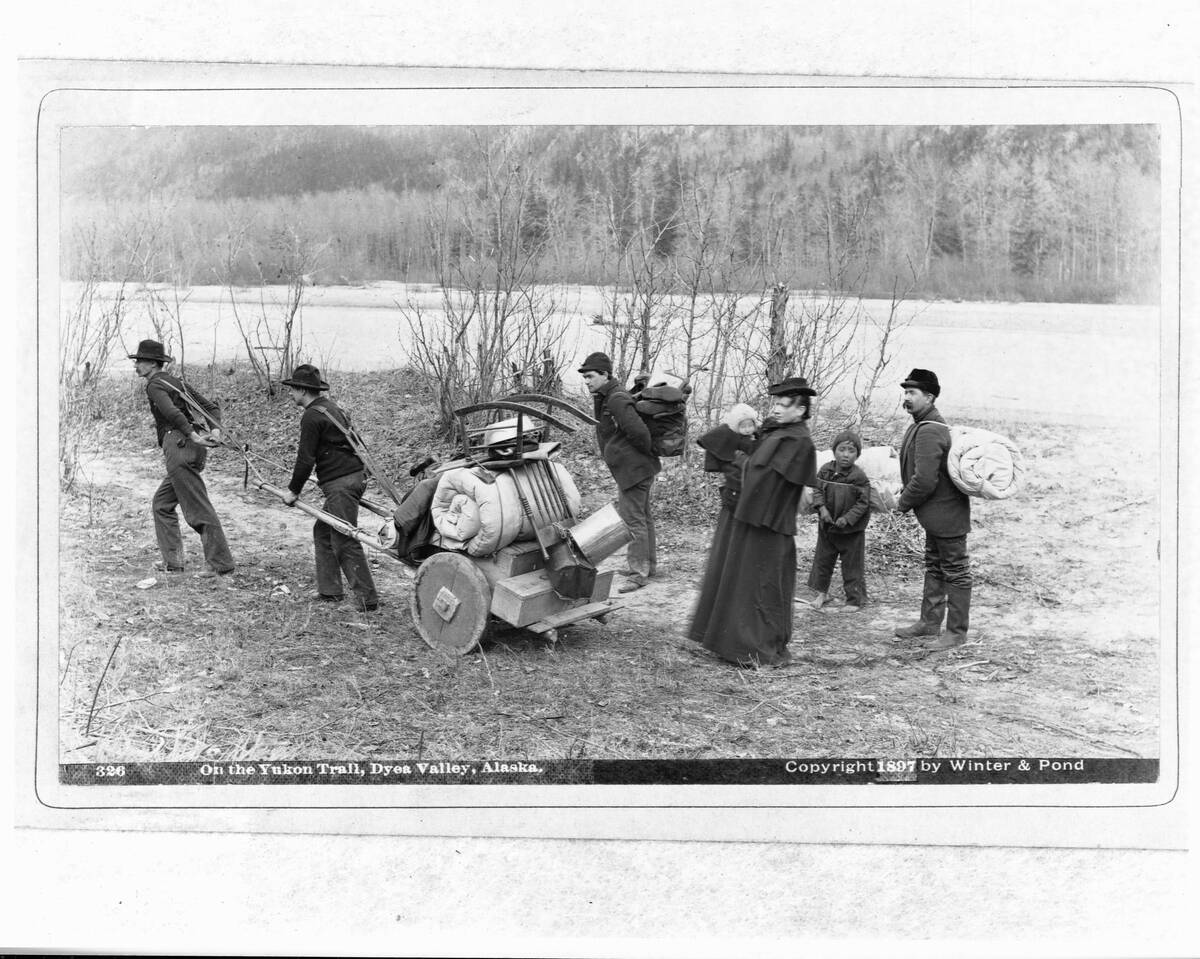
By the end of the 19th century, many former frontier cities in middle America were firmly established — but in far-flung outposts like Alaska, the rugged pioneer spirit endured.
This 1897 photo shows a group of settlers carrying their possessions along the Yukon Trail. While it isn’t explicitly stated by the photographer, it’s more than likely that they were travelling to Alaska to take part in the Klondike Gold Rush, which peaked between 1896 and 1899.
The Homestead Act Was Transformative
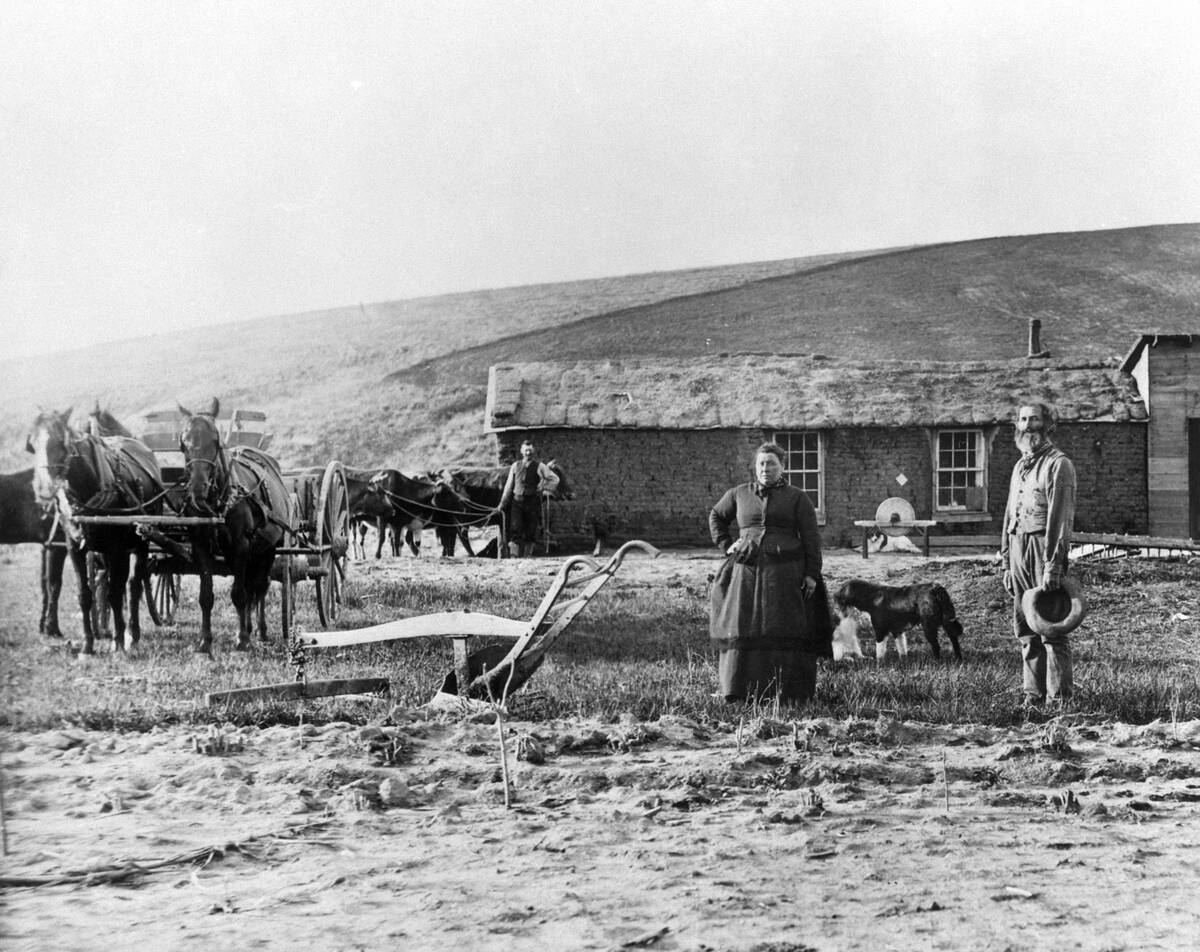
The Homestead Act, signed into law by President Lincoln in 1862, promised 160 acres of land, free of charge, to anyone who would agree to settle on the land and cultivate it for five years.
It was intended to promote expansion into the remote American west, and it certainly accomplished this. The photo above shows a family on their Homestead Act farm in Custer County, Nebraska. It’s estimated that around 400,000 families benefited from the legislation.
Houses Varied Considerably
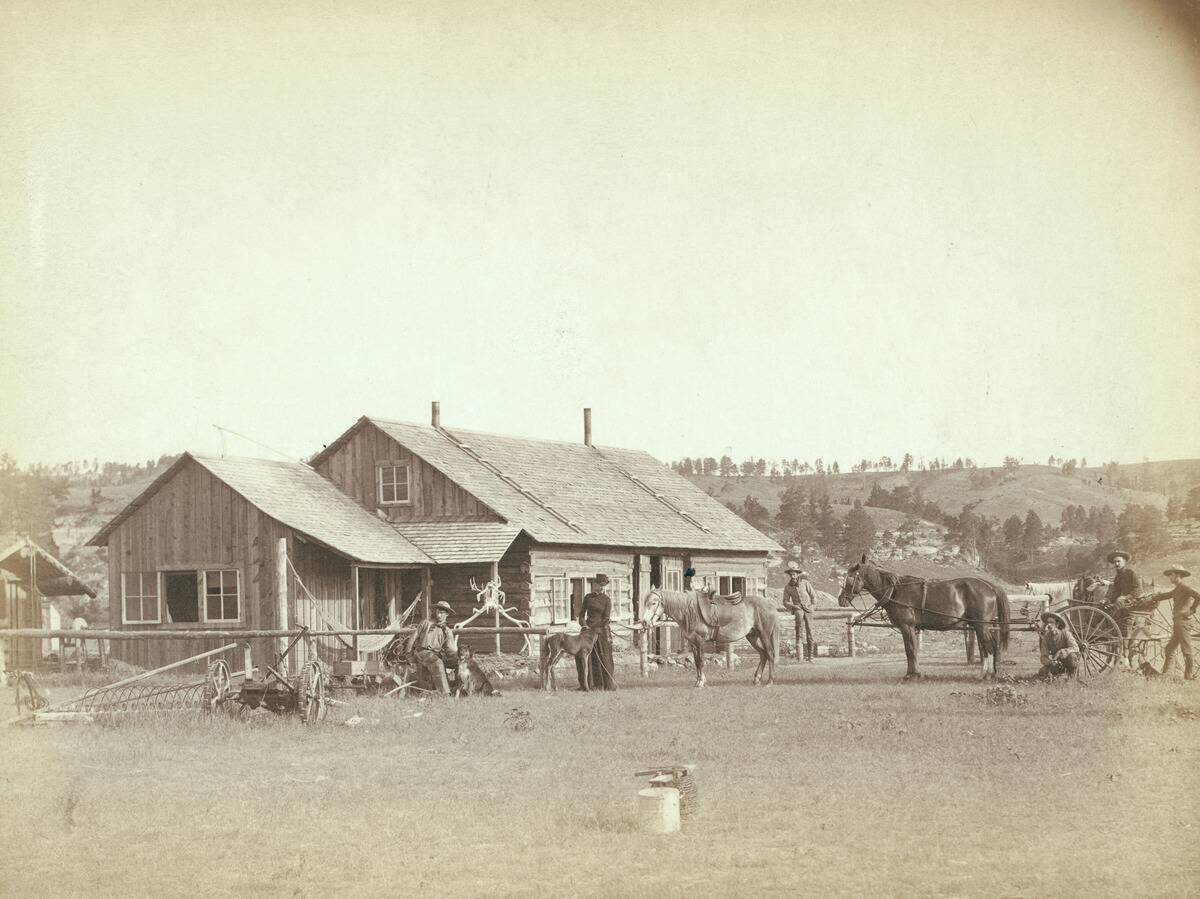
The popular image of a pioneer house shows a humble abode, but this image of a western ranch house in 1888 or so shows that pioneers with the means might build something a little more fancy.
Ranch houses, true to their name, were designed to accommodate the lifestyle of cattle ranchers, and generally featured a central living area, kitchen, sleeping quarters, and often an attached porch with a roof for shade.
Covered Wagons Were Iconic
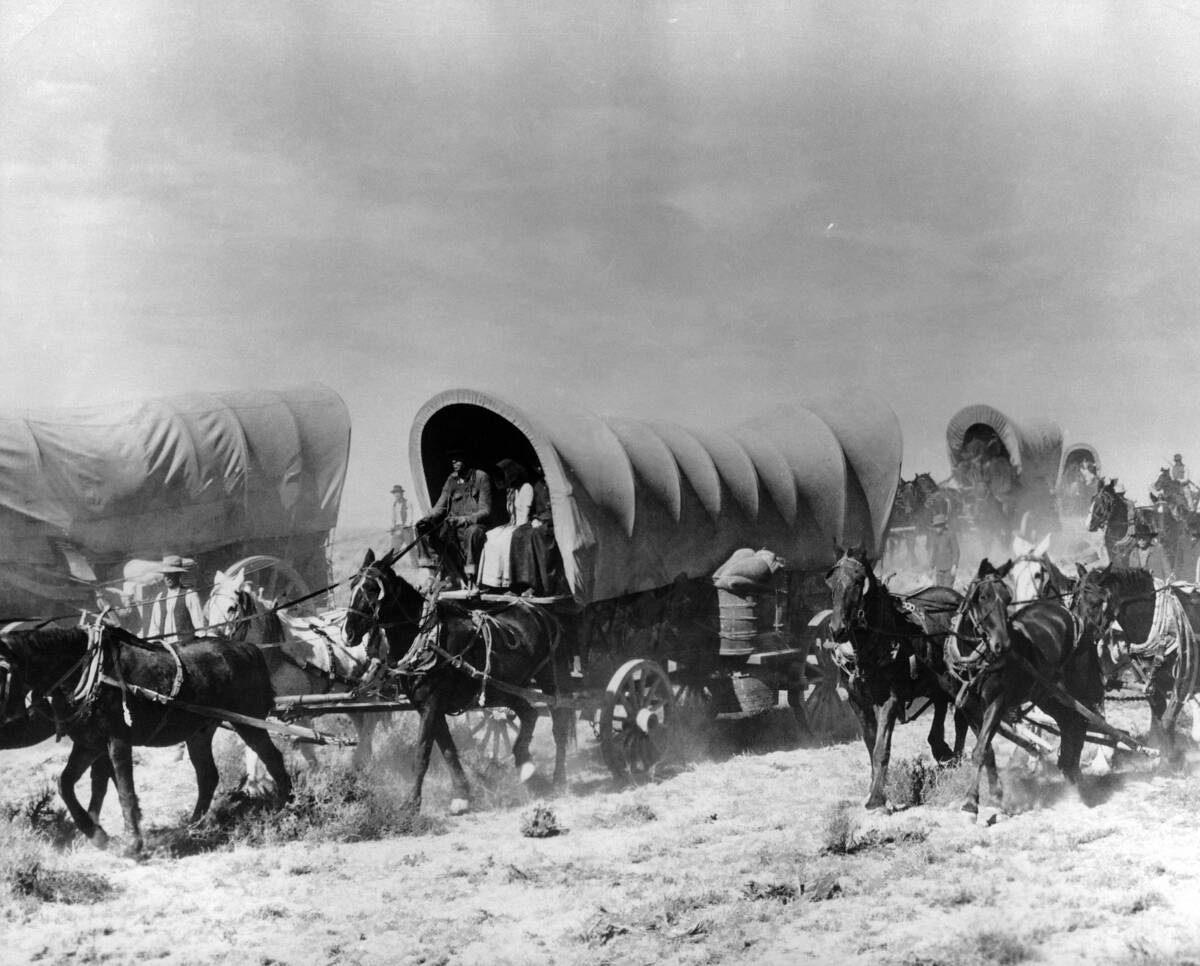
Pioneer families used any number of conveyances to carry their belongings hundreds of miles to the west, but the covered wagon — sometimes called a prairie schooner or Conestoga wagon — was the most popular option.
These wagons were lightweight, durable, and affordable — and thanks to their distinctive covered design, offered families a shady and private place to sleep as they traveled west.
Portland Was a Key Destination
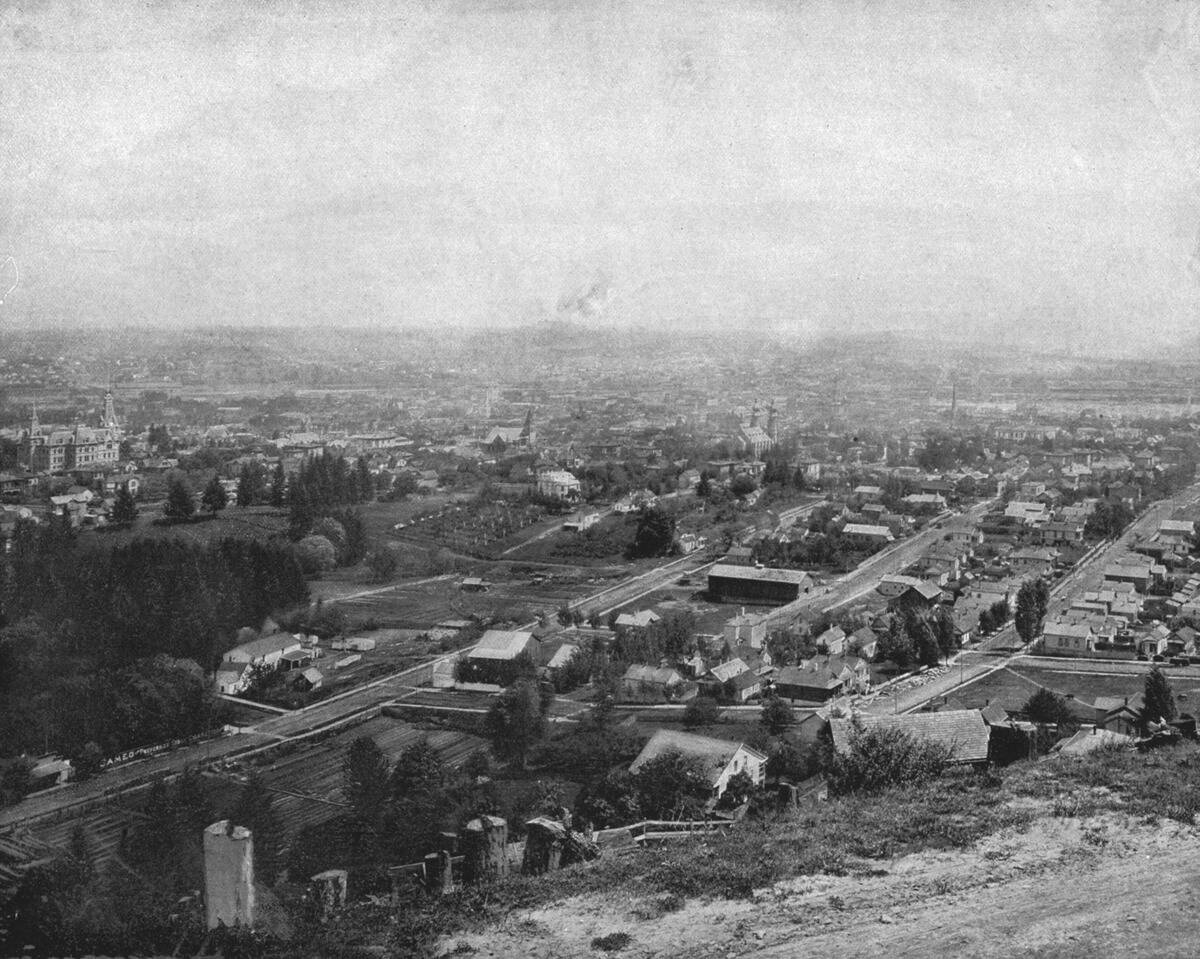
This aerial image of Portland, Oregon, at the dawn of the 20th century shows that the city was growing in leaps and bounds. Portland was first founded in 1845 near the confluence of the Willamette and Columbia Rivers, and became the endpoint for many pioneers traveling the Oregon Trail.
Portland’s location was ideal — it featured fertile land and access to the Pacific Ocean — and this influx of settlers helped to grow its timber, fishing, and agricultural industries in the decades to follow.
Progress Was Slow
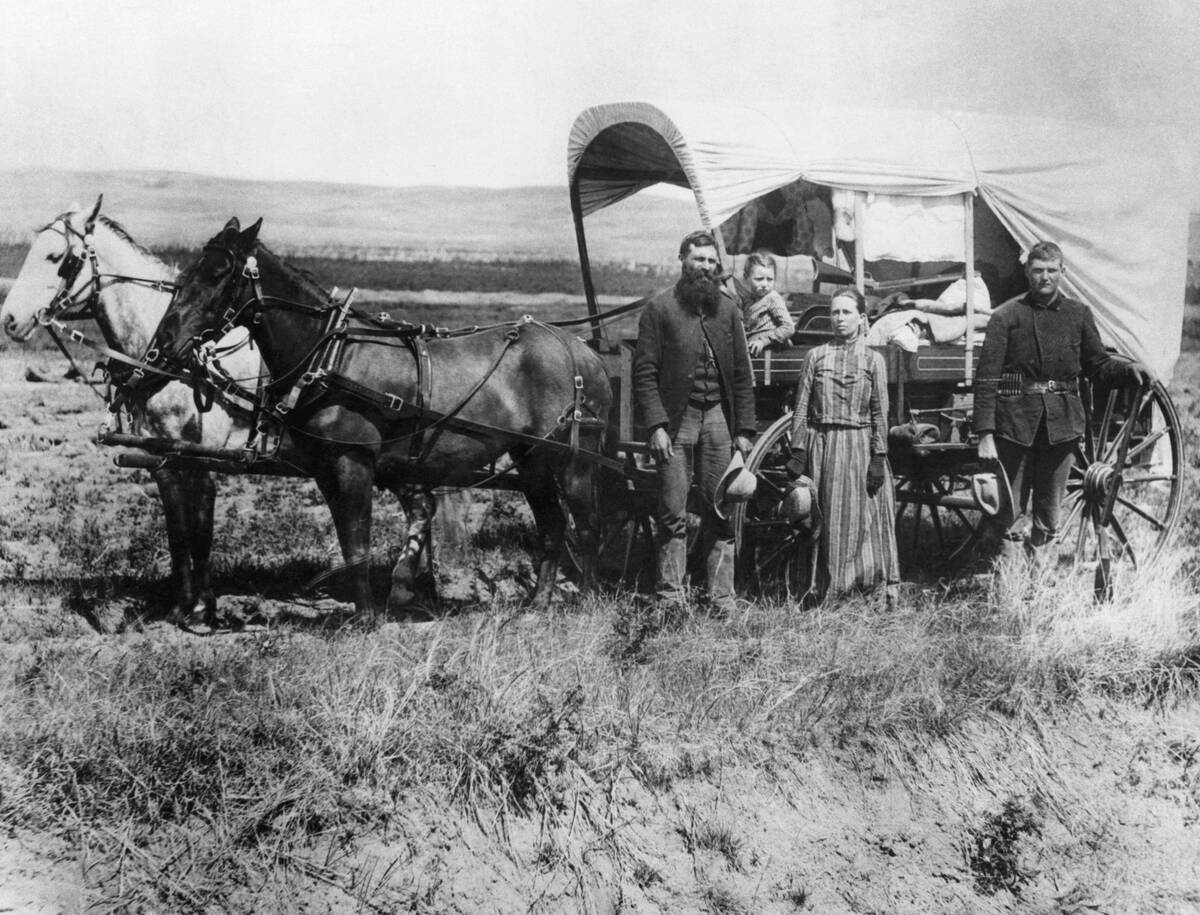
Traveling via a horse-drawn wagon was a tried-and-tested way to move a family vast distances — but these wagons moved at a leisurely pace of just a couple of miles an hour — and even slower if they were pulled by oxen, which was common.
While pioneers accepted this lack of speed, it did add extra importance to properly timing a trip. A typical journey could take four to six months, which meant that pioneers had to make an effort to leave in spring so they could arrive before winter.
Covered Wagons Were Ubiquitous
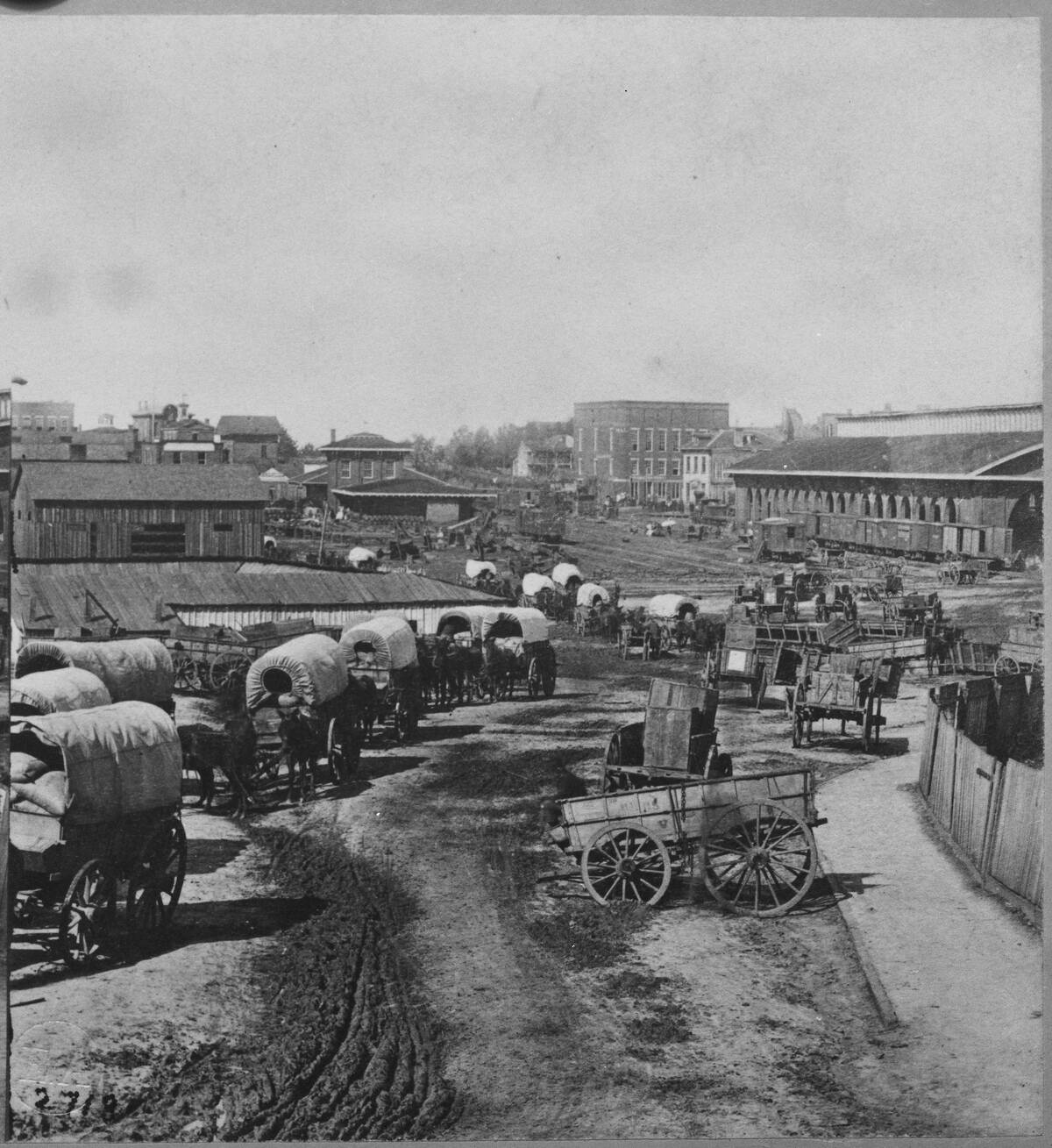
This photo, showing Atlanta during General Sherman’s blockade during the Civil War, has countless wagons — most of them covered — in view.
While these wagons were effectively stuck in Atlanta with no place to go — and were not part of any great westward migration — it’s still a reminder that in the days before cars and trucks, wagons were used for just about everything, and seen just about everywhere.
Mountains Were Crossed
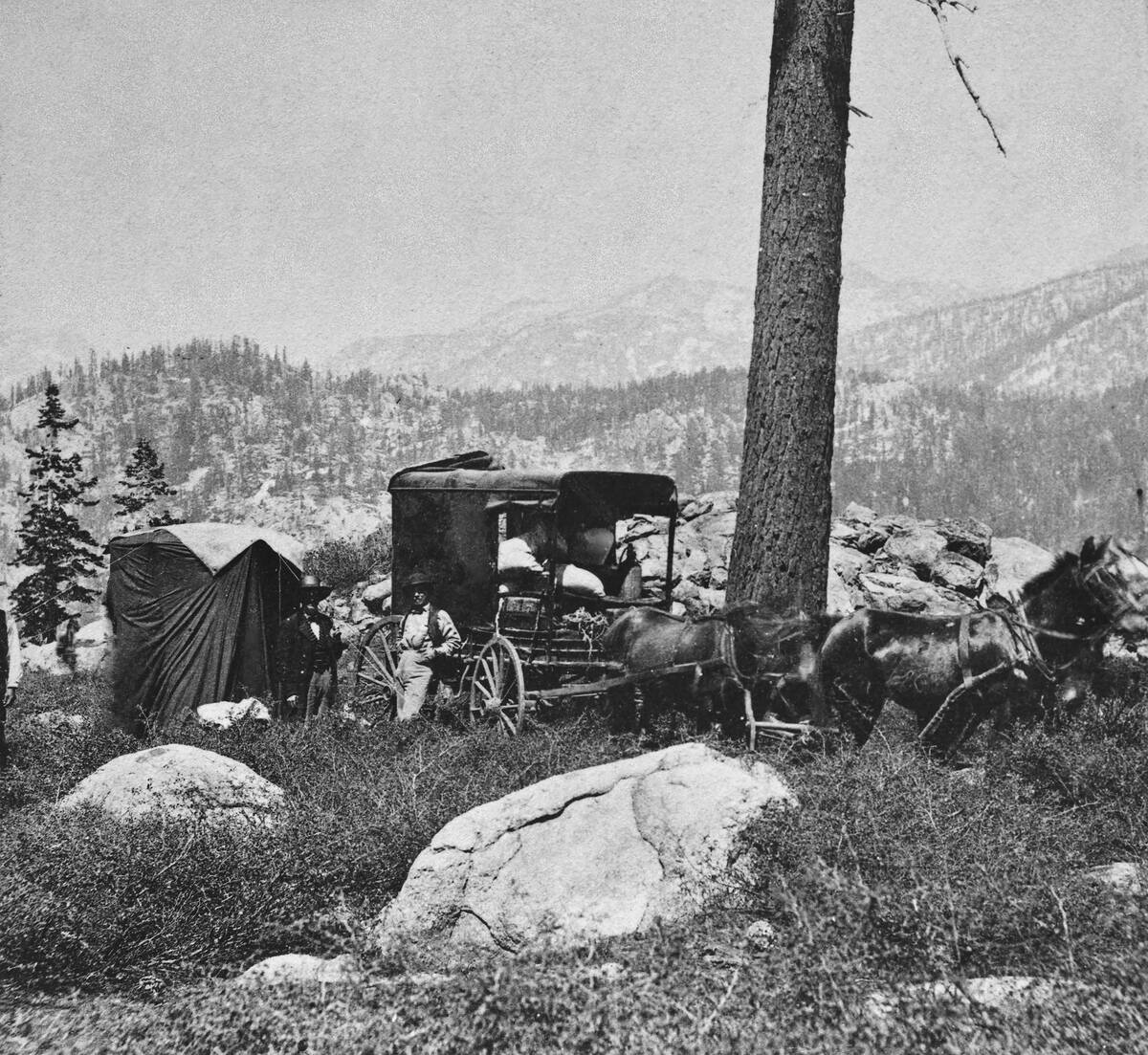
A pioneer family leaving from Missouri would have some idea of what they’d encounter on their journey, but these pitfalls — from raging rivers to foreboding mountains — would have been difficult to visualize until they were seen firsthand.
For settlers who were aiming at the west coast, the final portion of their journey would involve traversing a mountain range. This photo shows a group taking a pause along the Sierra Nevada Mountains — the same range that trapped the infamous Donner Party of 1846 and 1847.
The Oklahoma Land Rush Was Dramatic and Chaotic
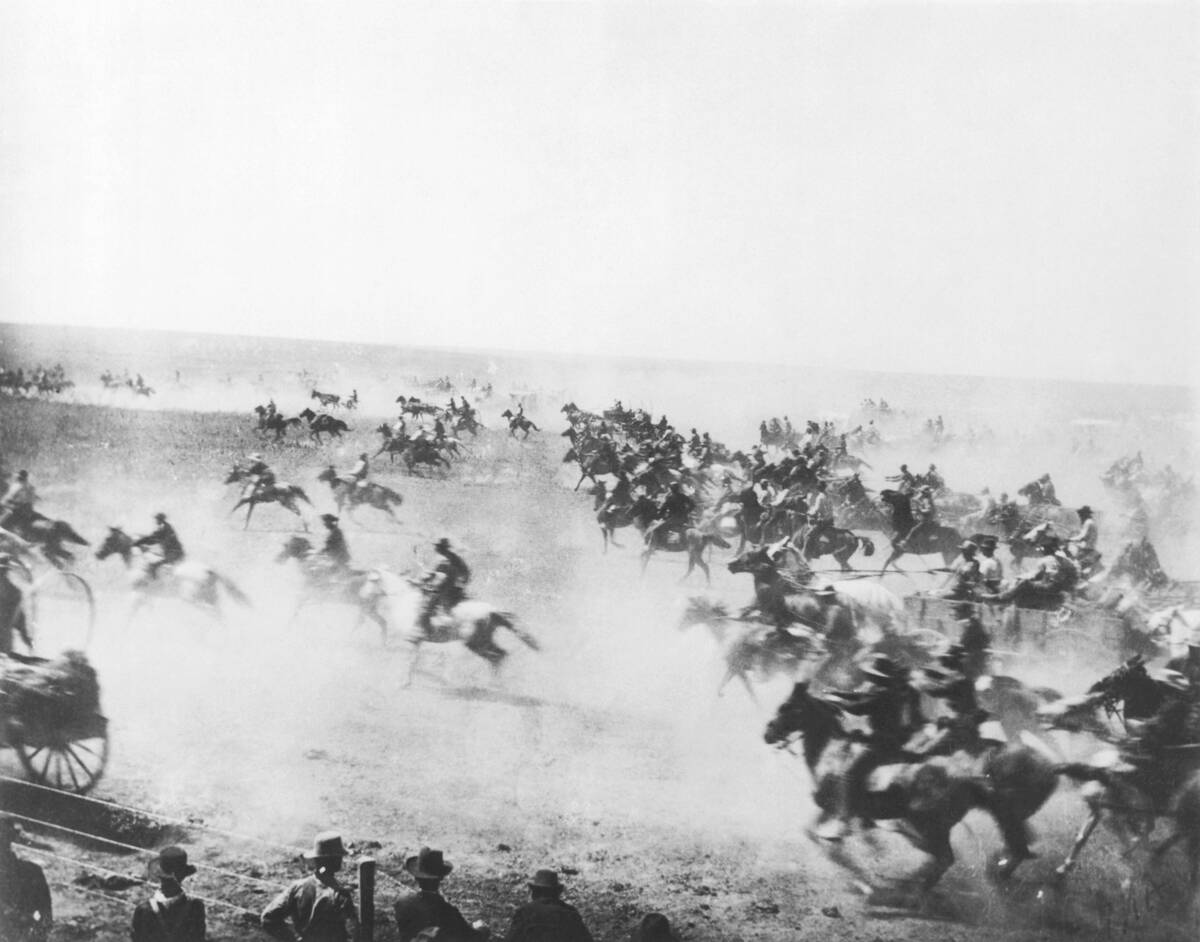
At exactly high noon on April 22nd, 1889, the U.S. government opened up around two million acres of formerly Native American land in central Oklahoma to any White settler who wanted to claim a parcel.
This led to an unprecedented, chaotic event in which an estimated 50,000 people surged across the border on horseback and on foot to claim parcels of the land on a first-come, first-served basis. Those who illegally made an early land grab were called “sooners,” giving Oklahoma its state nickname.
The First Step Was Getting There
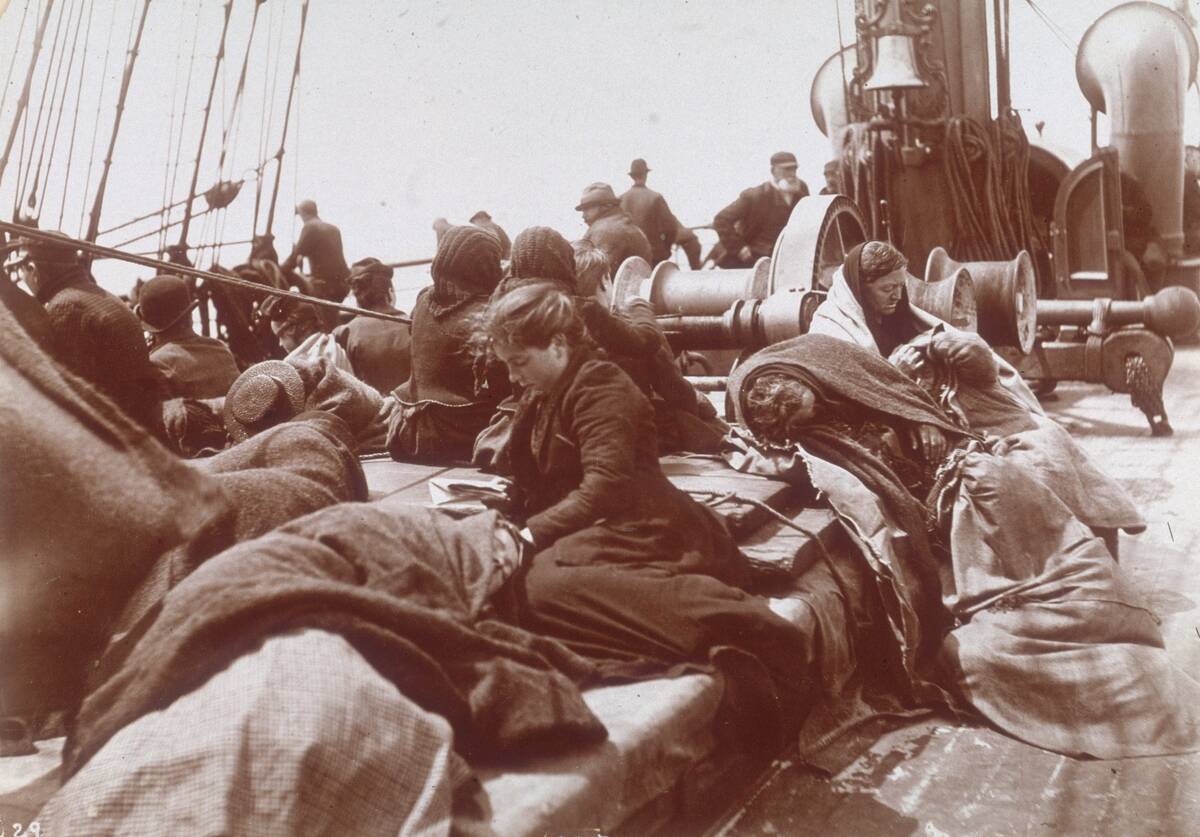
While some pioneers were Americans whose families had been in the country since colonial times, many more were recent immigrants from overseas who arrived in an east coast port before seeking a better life in the west.
Getting to America in the first place, on a storm-battered sailing ship, could be an arduous task — one that wasn’t always survivable. This image of immigrants huddling on blankets on the Red Star Line’s SS Pennland gives an idea of conditions onboard.
Some Lived a Transient Life
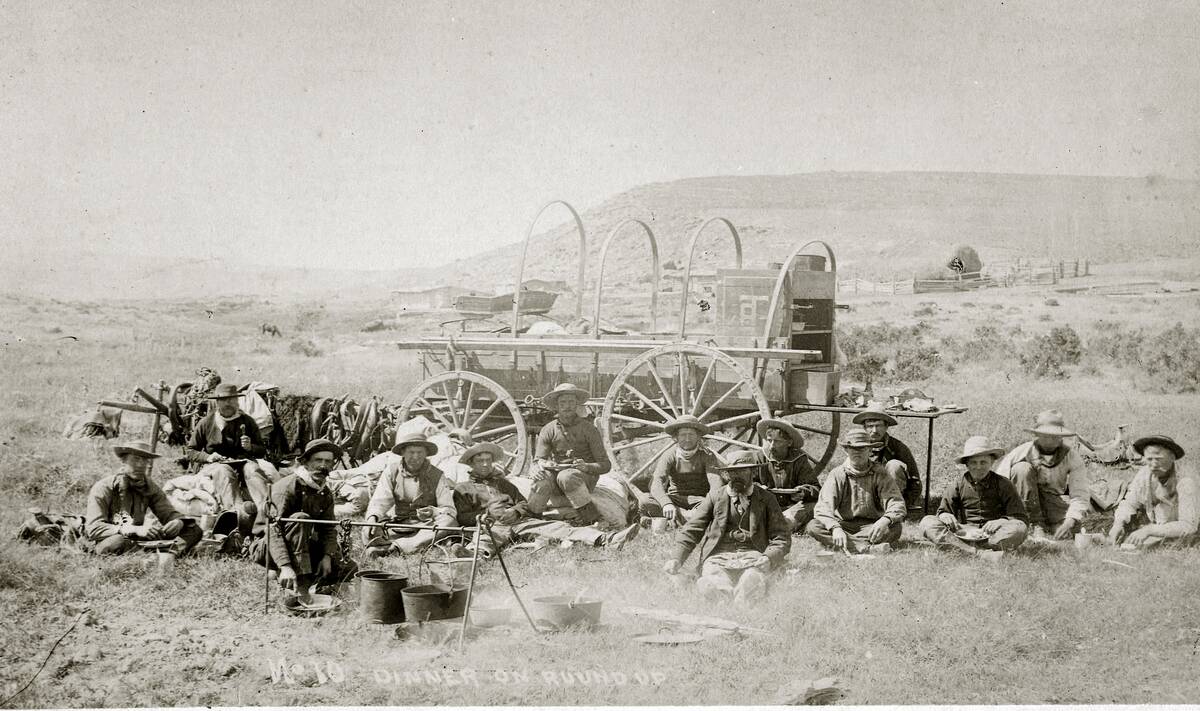
Pioneers, generally speaking, had the goal of establishing a permanent homestead somewhere to the west. But in the midst of these settlers were cowboys — skilled horsemen who traversed a wide area to herd and manage cattle.
Cowboys often lived a nomadic lifestyle on the plains, and as such needed somewhere to eat and sleep. This image shows a group of cowboys gathered around a chuckwagon — essentially a mobile kitchen, mounted on a wagon, that would follow cattle drives.
Formerly Enslaved People Sought a Better Life
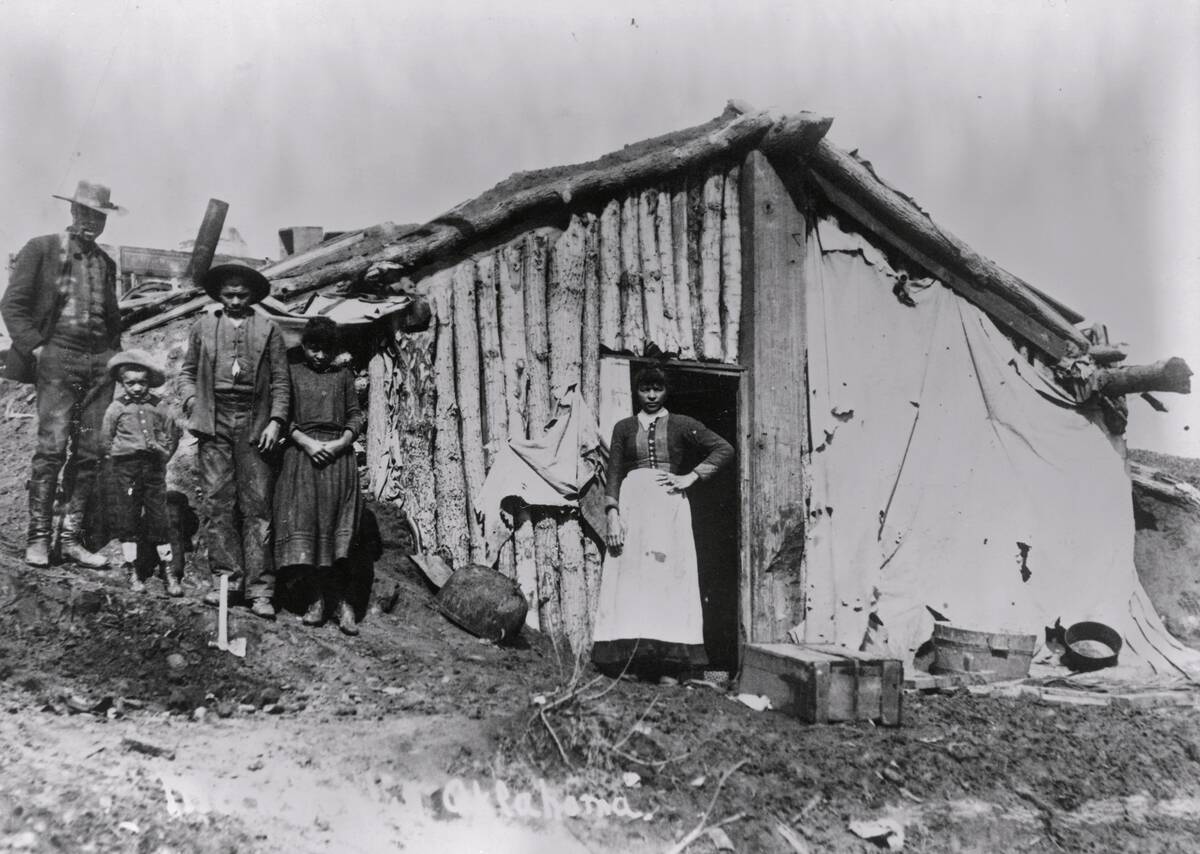
An often overlooked aspect of the American pioneer experience is the fact that many formerly enslaved people sought new opportunities after the Civil War ended.
Many participated in the great migration westward, including this family, who have staked a claim near Guthrie, Oklahoma. Because racial discrimination ran rampant, formerly enslaved people tended to stick together — in some cases establishing communities such as Nicodemus, Kansas.
Family Photos Could Be Big
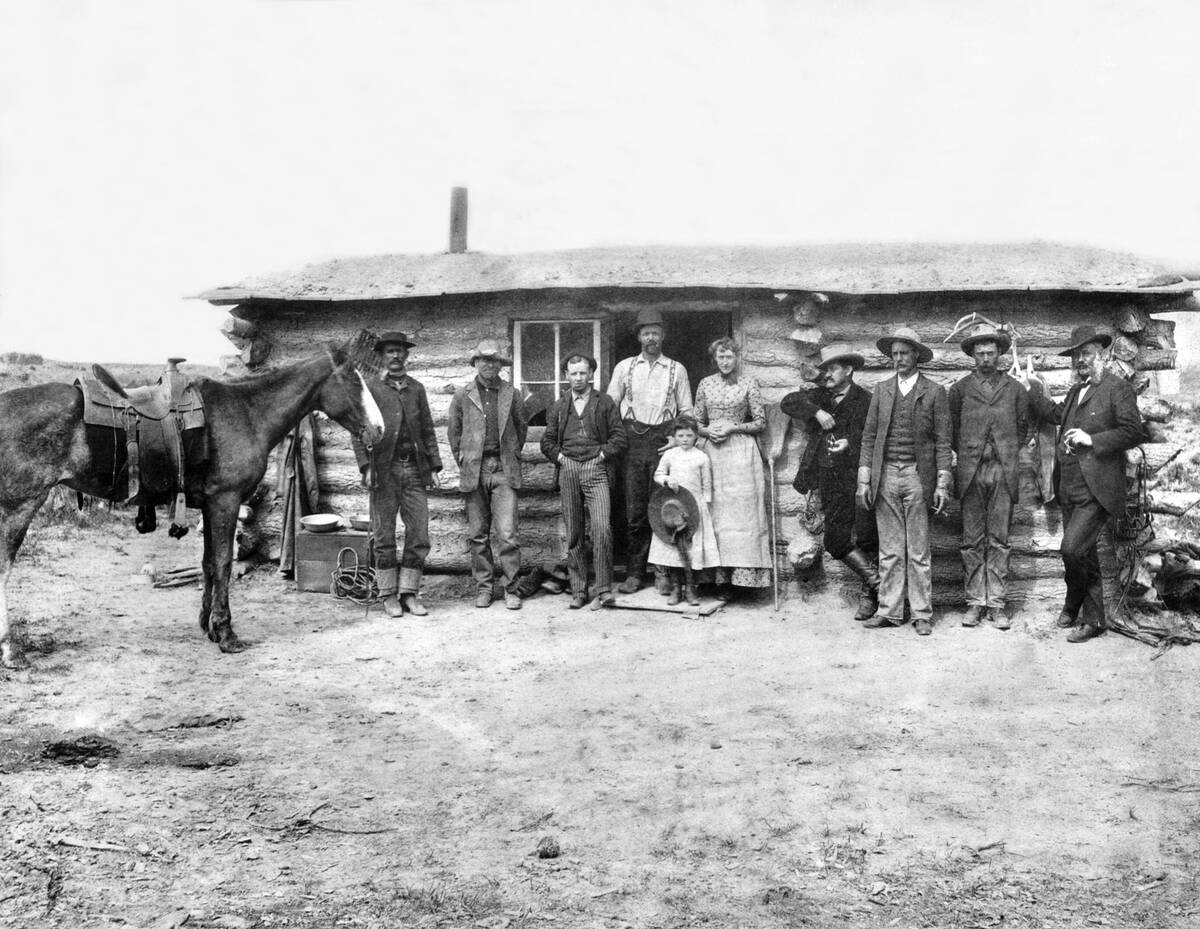
This pioneer family is seen proudly posing in front of their prairie home in Wyoming around 1870. With photography in its infancy, a family photo was a big deal — this photo, for instance, may have been the first and only time some of these people were ever photographed.
It’s also worth noting the size of this family, which may seem unusual today but was commonplace during the 19th century. With so much work to do on a typical homestead, parents would typically have as many children as they could, putting each to work as soon as they were ready.
Frontier Homes Were Often Simple
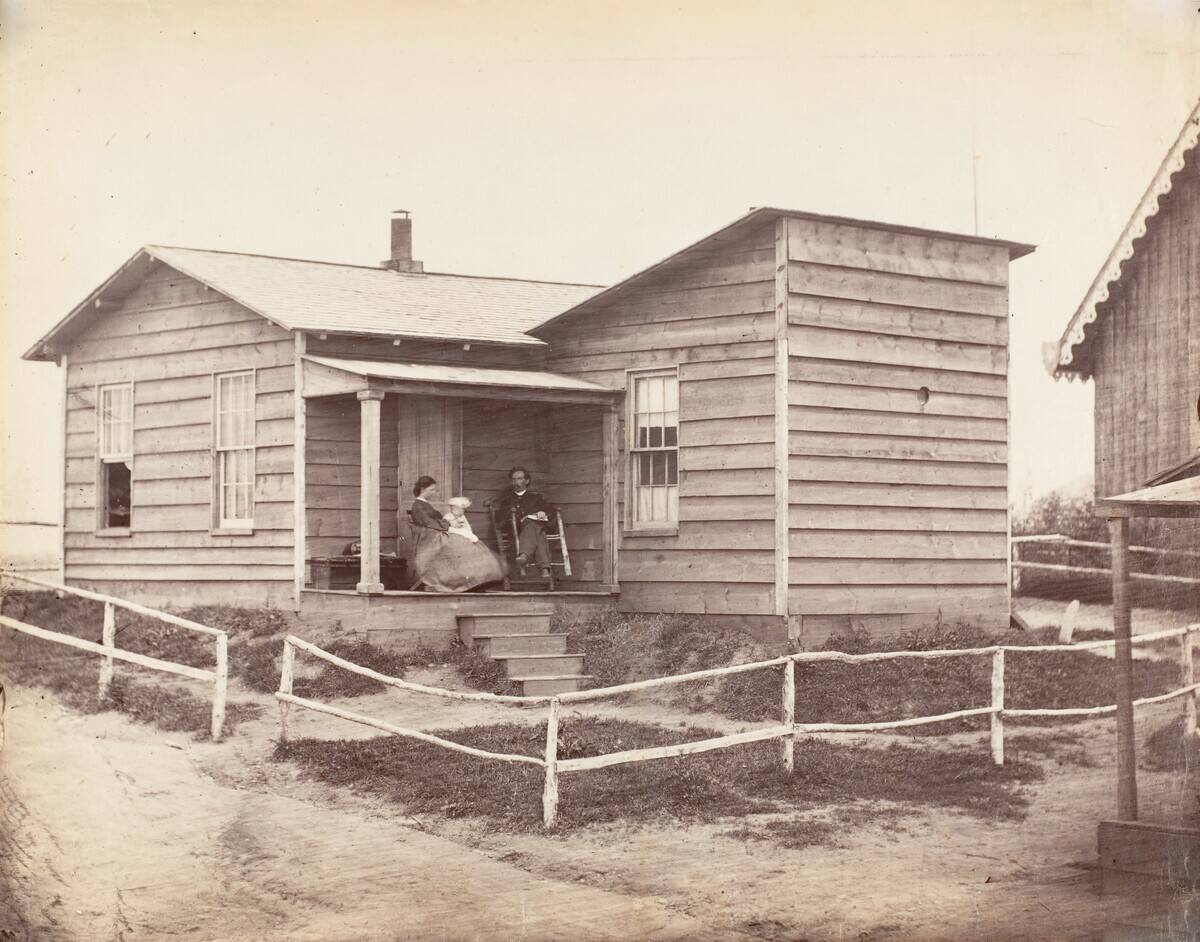
Most settlers would be tasked with building their house once they arrived at their plot of land, and in many cases, winter was fast approaching when they arrived.
This led most frontier homes to be modest, no-nonsense affairs — generally one or two rooms with a central fireplace. Log cabins were typical in areas that had trees to fell.
Not Everyone Had Access To Lumber
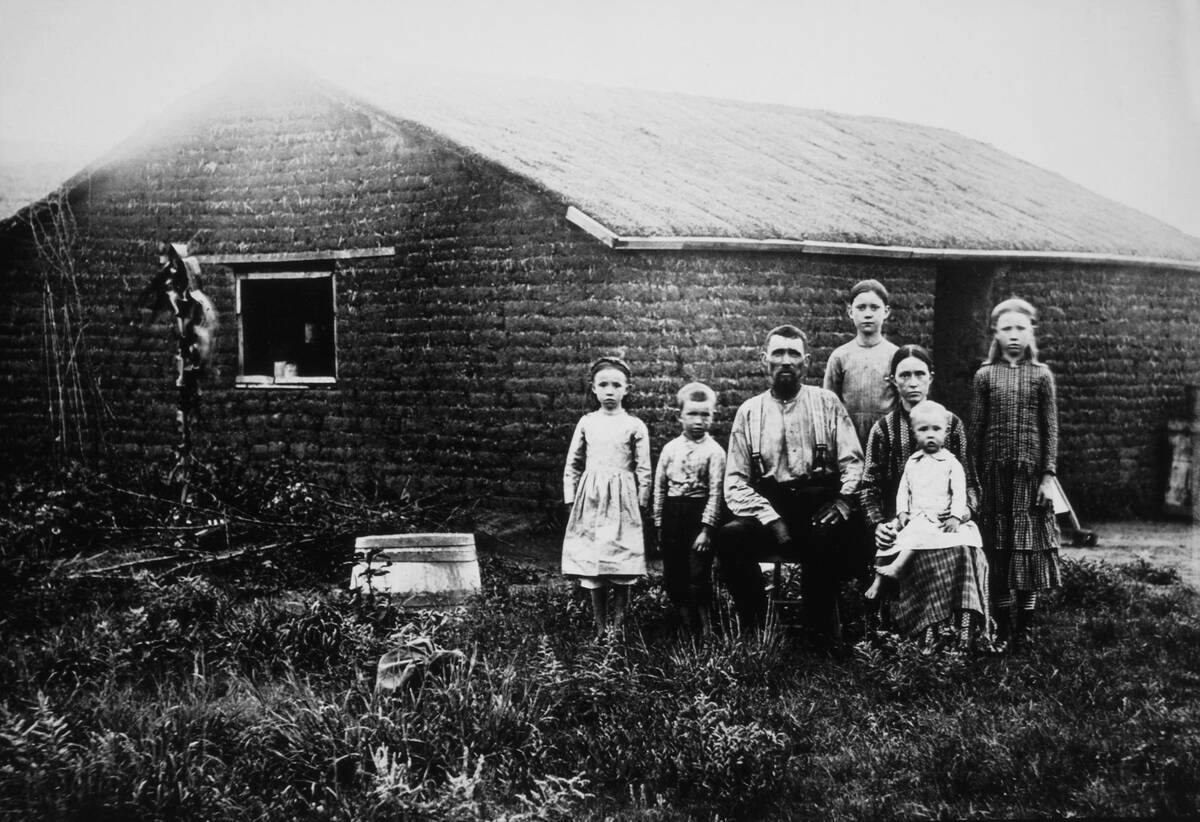
Of course, not all settlers wound up in a place with ample wood to build their house out of. In these cases, they’d typically build a sod house, also known as a “soddy.”
These houses were built by cutting out thick blocks of earth, stacking them like bricks, and sealing them from the cold. It was a surprisingly effective way to add insulation to a shelter, but was unsurprisingly a damp and buggy environment.



